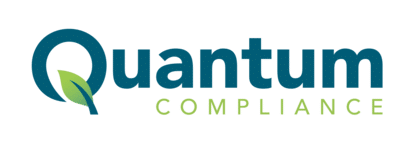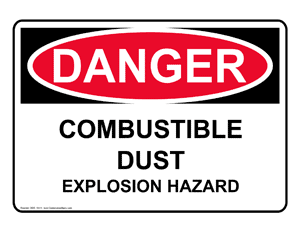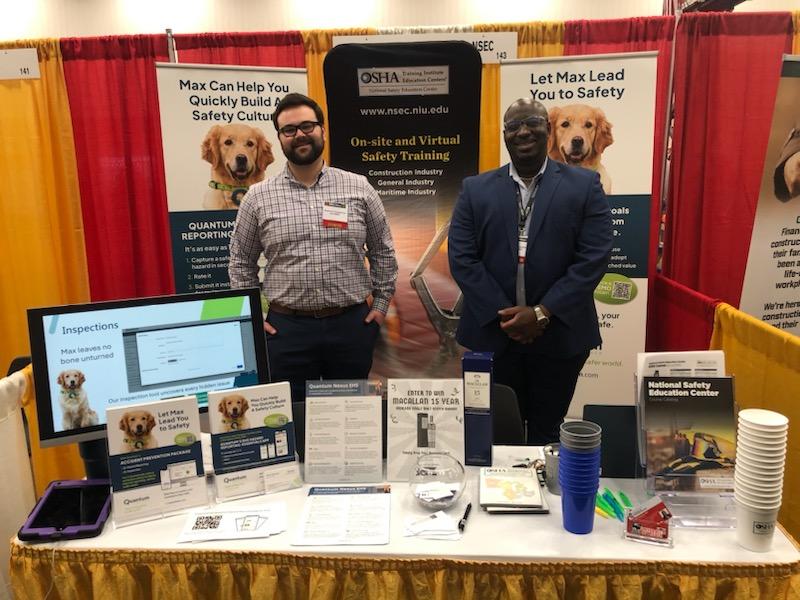 The National Fire Protection Association recently published a new series of safety standards for combustible dust. In the past, the NFPA issued combustible dust guidelines on an industry-by-industry basis, leading to instructions that were at times confusing and contradictory. NFPA 652: Standards on Fundamentals of Combustible Dust is the NFPA’s attempt to clarify their basic recommendations.
The National Fire Protection Association recently published a new series of safety standards for combustible dust. In the past, the NFPA issued combustible dust guidelines on an industry-by-industry basis, leading to instructions that were at times confusing and contradictory. NFPA 652: Standards on Fundamentals of Combustible Dust is the NFPA’s attempt to clarify their basic recommendations.
Why Should I Listen to the NFPA?
The NFPA is a non-governmental organization that develops and publishes safety fire safety guidelines for American businesses. In 2008, OSHA officially adopted the NFPA’s published guidelines as a part of their inspection regimen. This means that despite the NFPA’s non-governmental status, their standards form the backbone of US fire safety regulation. You can (and probably will) be fined if OSHA catches you violating NFPA standards.
What Does NFPA 652 Mean For Me?
The new standard has four primary components. Each of these components imposes mandatory and potentially major costs on businesses.
First, companies are expected to test all materials for combustibility or explosiveness. This was anticipated to be too burdensome, so the NFPA included a brief go/no-go test that will cheaply rule out many materials. In another attempt to reduce the cost of this requirement, the NFPA will allow companies to reuse previous test results as long as the materials are completely identical.
After determining which materials constitute dust hazards, all companies are required to undergo Dust Hazard Analysis. This requirement will be applied retroactively, meaning that even if your facility has undergone process hazard analysis in the past, it will have to undergo DHA under the new standard.
Once the hazards are identified, companies are required to mitigate them to the best of their ability. The full text of NFPA 652 includes specific guidelines on how to address different kinds of dust hazards.
The final component of the NFPA’s standard is that management systems be put into place. Management systems include emergency response plans, equipment use instructions, training plans, and housekeeping procedures. This requirement is also retroactive, meaning that any business that doesn’t have a management system in place is in already in violation of the new standard.
What Should I Do?
The first thing to do is to see if NFPA 652 even applies to your business. Checking your inventory against existing chemical databases would be a good place to start.
If you find that the new rule does apply to you, the second item on your agenda should be to contact a qualified safety expert to run a Dust Hazard Analysis of your facility. After the DHA is complete, you should work together with the expert to form a strategy for mitigating any risks they found.
Last – but not least – you should design and implement a hazard management system. Any adequate system will be quite complicated, so you should take care when implementing yours. A little extra help on this step will likely save you headaches down the road.
Above all, the main thing to remember is that this new rule is already in effect. Your next OSHA inspection may very well reference this rule, so it’s important not to delay compliance.







